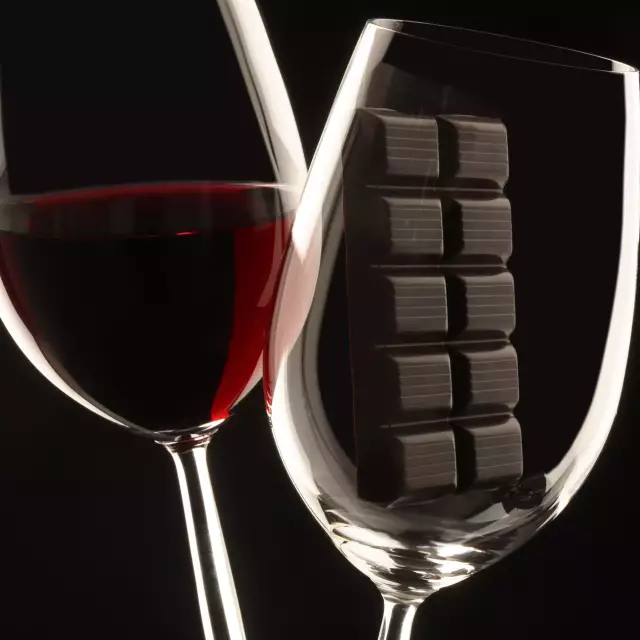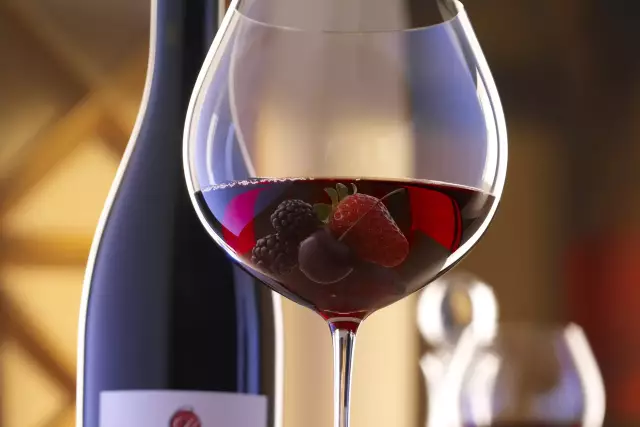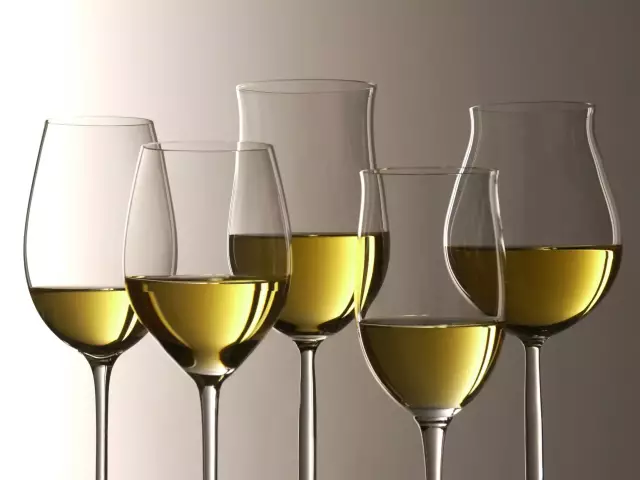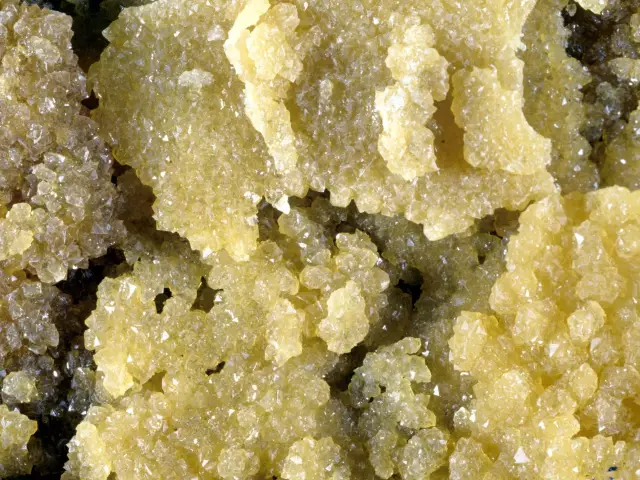Noble Sweet Wines

When the main grape harvest in the German wine-growing regions has ended successfully, one can observe that in certain locations individual vineyards have not yet been harvested.
Delicious, precious noble sweet wines
When the main grape harvest in the German wine-growing regions has ended successfully, one can observe that in certain locations individual vineyards have not yet been harvested. They have not been forgotten by the winemaker, rather they are waiting to become noble sweet delicacies. In favorable autumn weather, the grapes continue to develop and naturally increase their sweetness every day.
"A Gift from Nature"
Basically, one can differentiate between two methods of producing such noble sweet rarities. On the one hand there are the Beerenauslese or Trockenbeerenauslese, for which a fungus is particularly helpful, the so-called ‘noble rot’, or if you want to impress someone, cite the technical term Botrytis Cinerea. When the grapes are very ripe in autumn and it is also damp and relatively warm, this fungus attacks the grapes, making the berry skin porous and drying them up like a raisin. The water in the grape evaporates and what is left is an extremely sweet juice, from which very sweet wines are created.
During the harvest, these dried grapes are specially selected, which explains the name "Auslese" meaning choice or selection. Incidentally, the yeasts in the wine do not manage to ferment all of the natural sugar and therefore such wines generally have very little alcohol. You can also see the high sugar content, because if you swirl such wines in a glass: The consistency is thicker, almost oily. Dried berries are mostly golden yellow in color, which is caused by the noble rot, while ice wines tend to keep a light color.
More Knowledge: Quality Categories
Ideally suited for cellaring
Depending on how sweet the grapes were when harvesting, there are the gradings Auslese, Beerenauslese or Trockenbeerenauslese. Trockenbeerenauslesen are very rare, maybe even rarer than ice wines, and therefore very expensive. The most expensive Trockenbeerenauslese wines in recent years were auctioned for well over €1000 per bottle.
Due to the high sugar content, such wines can be aged for decades if properly cellared. Long aging requires a high proportion of extract substances, fruit acid, ripe sweetness and alcohol in the wine. With their finesse and harmony, older noble sweet wines offer a perfection that is hard to beat. They are ideal for special moments and the great events in life. They should be stored properly in a cool place and usually reach their prime after 5-10 years however they can keep improving and after 20 or 30 years can become sublime.
Noble sweet wines are great companions for festive occasions and an excellent aperitif that will delight gourmets. When the dinner is completed, noble sweet rarities promise a glamorous finale. They are a beautiful accompaniment to sweet dishes, especially fruity desserts, ice cream or sorbets. In the lead-up to Christmas, such sweet wines are particularly suitable for fruit cakes, which also contain raisins, for spiced cookies and gingerbread and of course as a high-quality gift.
How expensive are "Trockenbeerenauslesen"?
Trockenbeerenauslesen are very rare, perhaps even rarer than ice wines, and therefore very expensive. The most expensive Trockenbeerenauslesen of recent years was auctioned for well over 1000€ per bottle.
Teaser
Events
-
Show
winetasting in our winery - cheese & wine
Mainz-Hechtsheim





